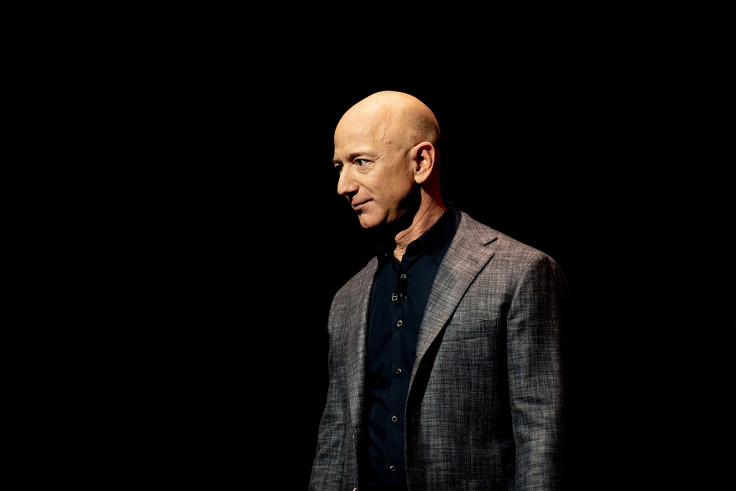
Jeff Bezos' controversial "question mark method" is purported to accelerate desired outcomes but reportedly induces anxiety among recipients.
A vague email from any boss can be unsettling, but the potential repercussions escalate exponentially when that boss is one of the world's most influential figures. A simple request for a chat could be just that, or it could signal impending doom.
This is the reality for Amazon employees who are subjected to Jeff Bezos' infamous "question mark method." As detailed in Brad Stone's 2013 book, "The Everything Store," employees were often copied on customer complaints forwarded by Bezos.
Beyond the Question Mark: Leadership Styles And Employee Experience
Bezos would then forward the complaint, accompanied solely by a question mark, to relevant parties who would continue the chain. The ultimate expectation: a comprehensive response that would eventually reach the world's second-richest individual.
Envision the sheer terror of an Amazon employee opening an email with multiple "FWD:" lines in the subject, realising it's a customer complaint that has been escalated, layer by layer, from the world's second-richest man to their own inbox.
Stone's book portrayal of Amazon's culture and leadership was met with controversy. Bezos' ex-wife, MacKenzie Scott, publicly criticised the book, alleging numerous inaccuracies and the use of sensationalised techniques that presented a distorted view of the company and its employees.
According to Stone, receiving one of these "question mark" emails is akin to a ticking time bomb, inducing widespread panic among employees. Bezos himself corroborated the core of this anecdote several years ago.
"I still have an email address customers can write to," Bezos said. "I see [the emails], and I forward them to the executives in charge of the area with a question mark. It's shorthand. 'Can you look into this? Why is this happening?'"
It's undeniably a unique leadership approach. Moreover, it's a tactic savvy consumers can leverage to escalate complaints and demand swift resolutions from large corporations.
According to Business Insider, Bezos' question mark emails are a common source of dread among Amazon employees. Receiving one is akin to a crisis alert, demanding immediate attention and a thorough response.
Crafting The Perfect Complaint Email
In a LinkedIn post, Understandably.com founder Bill Murphy Jr. admitted that he personally experienced the power of a well-crafted email sent directly to a company's CEO. Murphy Jr. says mirroring Bezos' approach can sometimes expedite a resolution to a frustrating customer service issue.
The ideal email should be concise and composed. Respect the CEO's busy schedule by being direct. Instead of focusing solely on your grievance, frame the issue as a potential problem for the company.
Bezos attributes Amazon's policy of providing a personal email address for customer correspondence to the company's core value of unwavering customer focus. "We talk about it, customer obsession, as opposed to competitor obsession," he said.
If your whole culture is competitor-obsessed, it's easier to stay motivated if you are out in front. Customers are also unsatisfied, always discontent, and always want more. So, no matter how far you get from competitors, you are still behind your customers. They are always pulling you along."
Beyond the pressure of performance-driven cultures, employees at tech giants like Tesla face additional anxieties. A former territory manager revealed that excessive micromanagement from Elon Musk often signalled impending job termination, as the CEO is known for empowering his team but also expecting exceptional results.
However, efficiency alone does not guarantee employee satisfaction. A former Twitter executive criticised the platform's owner for a perceived lack of empathy in leadership, suggesting that decision-making was often driven by intuition rather than careful consideration.
While the pressure-cooker environments of tech giants might seem intimidating, these examples highlight the complex dynamics between leadership styles, employee experience, and corporate culture.







